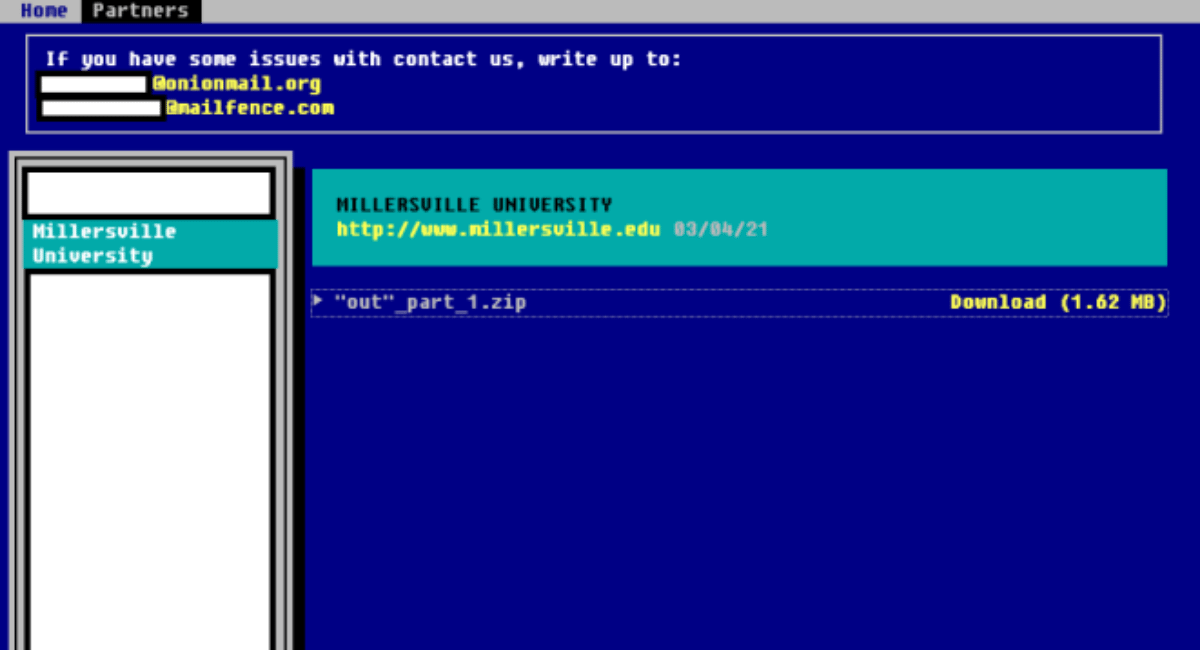In the ever-changing world of technology and retai...
news-extra-space

 Further, he said, “The pandemic and rapid shift to remote learning has further heightened the cybersecurity challenges for tertiary education institutions and opened them up to significant risks from malicious email-based cyberattacks, such as phishing.” And this case is not just with universities alone. RedSift’s recent analysis of 64 million global domains showed that universities applied DMARC only in 2.1% of the domains. The London-based creator of a combined email and brand security platform reported that only 28% of public trading companies worldwide had applied the system, and 41% enabled the protocol at the initial level.
Proofpoint Industries Solutions and Strategy Leader Ryan Witt explains the reason by saying, “There can be a lack of awareness around the importance of implementing DMARC policies, as well as companies not being fully aware of how to get started on implementing the protocol. Additionally, a lack of government policy to mandate DMARC as a requirement could be a contributing factor.”
He said, “Further, with the pandemic and current economy, organizations may be struggling to transform their business model, so competing priorities and lack of resources are also likely factors.”
Further, he said, “The pandemic and rapid shift to remote learning has further heightened the cybersecurity challenges for tertiary education institutions and opened them up to significant risks from malicious email-based cyberattacks, such as phishing.” And this case is not just with universities alone. RedSift’s recent analysis of 64 million global domains showed that universities applied DMARC only in 2.1% of the domains. The London-based creator of a combined email and brand security platform reported that only 28% of public trading companies worldwide had applied the system, and 41% enabled the protocol at the initial level.
Proofpoint Industries Solutions and Strategy Leader Ryan Witt explains the reason by saying, “There can be a lack of awareness around the importance of implementing DMARC policies, as well as companies not being fully aware of how to get started on implementing the protocol. Additionally, a lack of government policy to mandate DMARC as a requirement could be a contributing factor.”
He said, “Further, with the pandemic and current economy, organizations may be struggling to transform their business model, so competing priorities and lack of resources are also likely factors.”
 The CTO and co-founder of Keeper Security, a zero-trust and zero-knowledge cybersecurity software provider in Chicago, Craig Lurey, said about the challenges faced while setting up the technology, saying, “It requires the ability to publish DNS records, which requires systems and network administration experience.” He further said, “There are several layers of setup required for DMARC to be implemented correctly. It needs to be closely monitored during policy implementation and rollout to ensure that valid email is not being blocked.”
Digital Shadows, a digital risk protection solutions provider from San Francisco, A senior cyber threat intelligence analyst with the provider, Nicole Hoffman, warned that DMARC wouldn't protect against all email domain sneaking methods.
She said, “If you receive an email that appears to be from Bob at Google, but the email actually originated from Yahoo mail, DMARC would detect this. However, if a threat actor registered a domain that closely resembles Google’s domain, such as Googl3, DMARC would not detect that.” Lurey said, “Domains that are registered, but unused, are also at risk of email domain spoofing. Even when organizations have DMARC implemented on their primary domain, failing to enable DMARC on unused domains makes them potential targets for spoofing.”
Red Sift Senior Director of Global Channels, Brian Westnedge, told TechNewsWorld. “A lot of times, universities don’t have a centralized IT department. Each college has its own IT department operating in silos. That can make it a challenge to implement DMARC across the organization because everyone is doing something a little different with email.”
The CTO and co-founder of Keeper Security, a zero-trust and zero-knowledge cybersecurity software provider in Chicago, Craig Lurey, said about the challenges faced while setting up the technology, saying, “It requires the ability to publish DNS records, which requires systems and network administration experience.” He further said, “There are several layers of setup required for DMARC to be implemented correctly. It needs to be closely monitored during policy implementation and rollout to ensure that valid email is not being blocked.”
Digital Shadows, a digital risk protection solutions provider from San Francisco, A senior cyber threat intelligence analyst with the provider, Nicole Hoffman, warned that DMARC wouldn't protect against all email domain sneaking methods.
She said, “If you receive an email that appears to be from Bob at Google, but the email actually originated from Yahoo mail, DMARC would detect this. However, if a threat actor registered a domain that closely resembles Google’s domain, such as Googl3, DMARC would not detect that.” Lurey said, “Domains that are registered, but unused, are also at risk of email domain spoofing. Even when organizations have DMARC implemented on their primary domain, failing to enable DMARC on unused domains makes them potential targets for spoofing.”
Red Sift Senior Director of Global Channels, Brian Westnedge, told TechNewsWorld. “A lot of times, universities don’t have a centralized IT department. Each college has its own IT department operating in silos. That can make it a challenge to implement DMARC across the organization because everyone is doing something a little different with email.”
Leave a Reply






